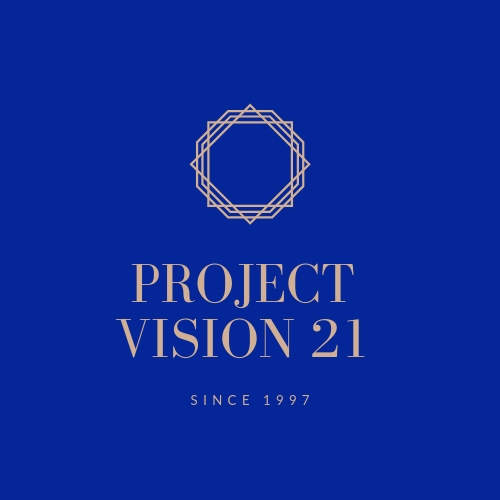One of the most common errors of our reasoning is to assume that the piece of knowledge we have equals all the available knowledge. That is, we generalize and universalize our limitations and, as a consequence, we don’t see them, nor do we see that other pieces, different from the ones we already had, continue to be added to the puzzle.
But the more pieces are added to the puzzle, the clearer the final image becomes, even if details and precisions are missing. And it is more difficult to cling to that one piece that we have and that, erroneously, we thought was the only one that existed.
Less metaphorically, the new present and the imminent future are incompatible with our beliefs and experiences of the past. If the future is no longer continuation from the past, the limited past we know is useless in the new future.
What do I mean? When we connect the scattered pieces and put them next to each other the image is clear: the artificial and perhaps immortal human is about to arrive. Maybe it's the best thing that could happen to humanity. Or maybe it's the worst. Or maybe the best and the worst are inseparable.
What are the pieces of the puzzle that point in that direction? Among other elements, scientific reports that talk about discoveries and developments such as synthetic skin more sensitive than human skin, artificial muscles stronger and faster than human muscles, or light and movement sensors with greater perception capacity than their counterparts in humans.
But those reports and announcements never appear together. They never present the final image. However, each one contributes to see more and more clearly the appearance of a transhuman human, perhaps even trans-biological human, possibly a hybrid.
That’s why studies on connectivity between the human brain and artificial intelligence are also progressing, while artificial intelligence itself accelerates its own growth, encompassing ever wider sectors of planetary life and even creating its own laws and language.
By joining all the pieces of the puzzle so far available (surely there are other pieces not yet made known), that mental exercise of connecting the pieces together is facilitated by assuming that the connection is based on the techno-scientific formation of an artificial, transhuman humanity.
And it can be assumed that this new humanity will soon arrive, making the current humanity obsolete and outdated, the new humanity being as distant and different from us as we are from our remotest ancestors.
But then another puzzle arises, but with even fewer pieces than the creation of an artificial humanity. And it is the puzzle to explain why we, humans, are committed to creating transhuman beings. Are we responding to a cosmic call to progress on the universal scale or is it just another example of our perennial ineptitude?
The search for immortality and transcendence is as old as humanity itself and as current as the sun every morning. But it seems that the puzzle is close to completion.

Comments
There are currently no blog comments.